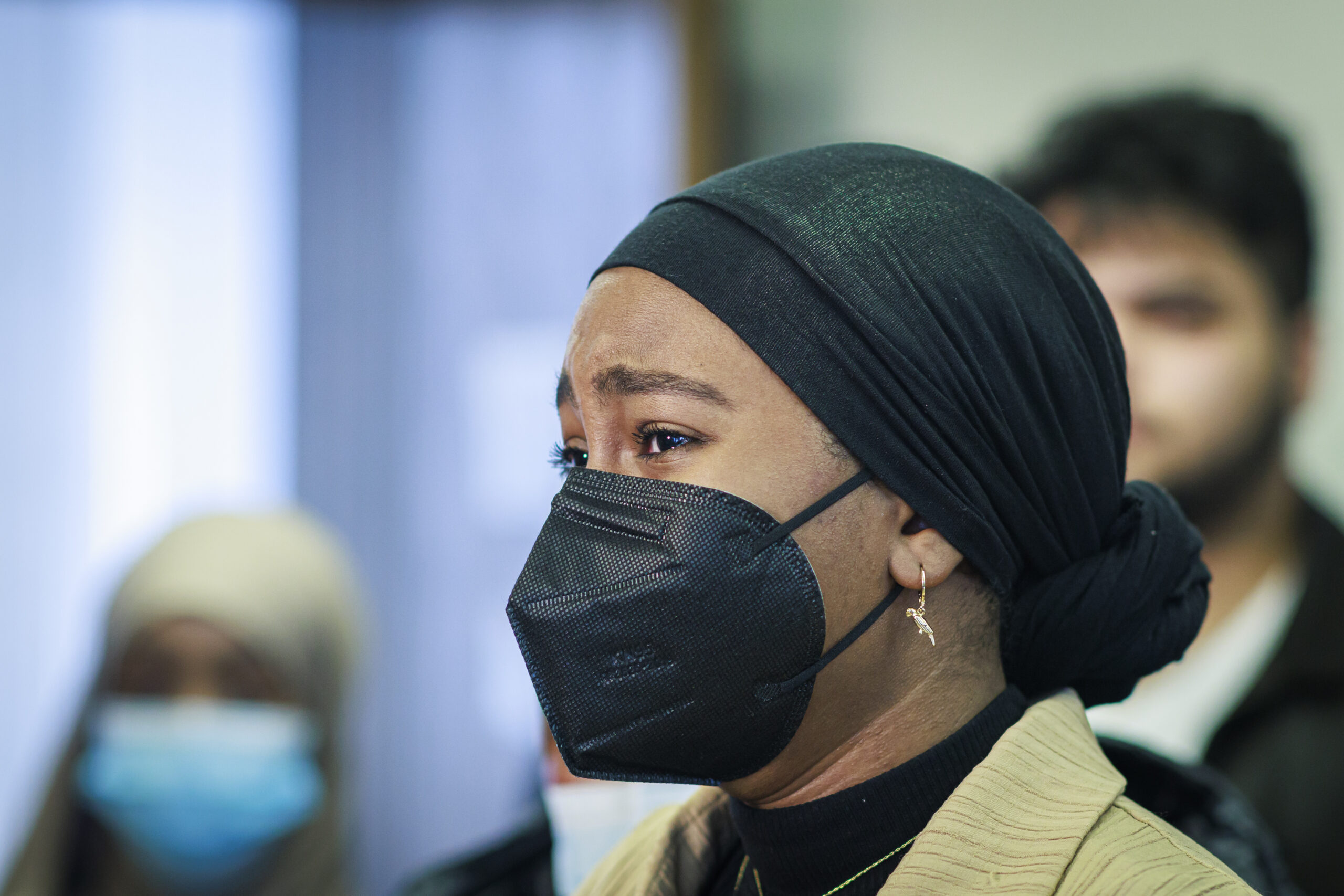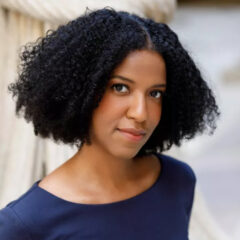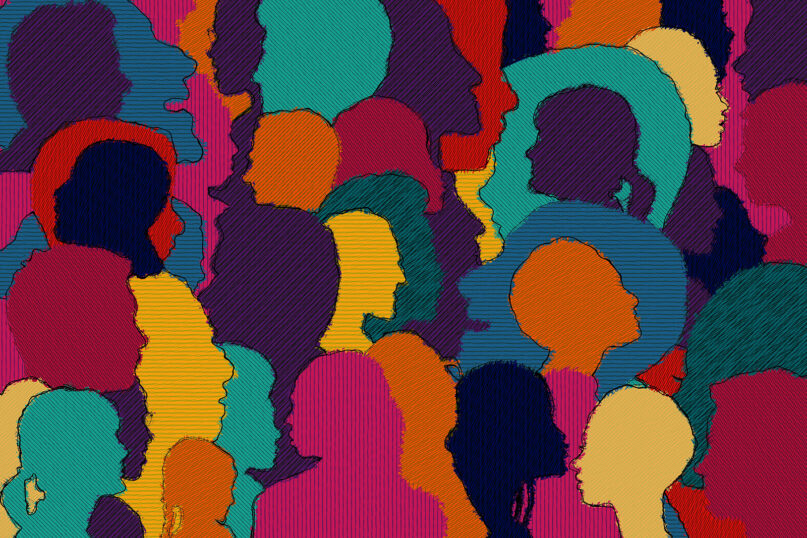(RNS) — I recently spent two weeks at home with my family before returning to Chicago and my work at Interfaith America. The time at home was restorative and joyful, and also full of polite silences that make the diversity of viewpoints in our family navigable.
Upon returning to the office, I learned about the events at Hamline University in St. Paul, Minnesota. A simple summary: After advance warnings to students, both verbal and written, an art history educator showed an image of the Prophet Muhammed. An observant Muslim student, whose tradition prohibits the display of an image of the prophet, complained to the educator and the administration. The story took root in campus conversations and ultimately the educator’s future contracts were canceled.
I’m a leader in an organization committed to engaging religious diversity in the United States, so you might guess that I can offer remedies to what occurred, that perhaps I have insights on how each participant might have acted differently to lead to a more harmonious result. Or that maybe I have data-backed reasons to say which side to take and what outcome would have been best.
Spoiler alert: I don’t.
Knowing what I do about the events at Hamline, it seems like the student acted in accordance with her understanding of her faith commitments. The educator acted in accordance with her understanding of her professional commitments. The administration decided to take action.
The administration’s action reminded me of something I observed during my time at home. When the conversation turned difficult, we erred on the side of action. We all rushed to change the subject whenever my cousin brought up her views on gender and sexuality. I politely attended church services rather than explain my unbelief to my parents. My family has a preference toward action when awkward moments or polite silences, brimming with disagreements we would rather ignore, emerge.
These strategies are not unique to my family or even unique to families. In diverse communities, it is easy to find silences born of a consensus that broaching a subject with depth, articulating an observation, might result in disaster. Ostracization. Isolation.
Such fears have firm foundations. Countless moments in history show how words can beget grudges that beget feuds that beget wars. Friendships gone cold or the family members we no longer speak to litter our smaller histories with examples of the wrong word’s power.
I wonder how often the fear of lost relationship occludes the possibility of transformative community. What would happen if I talked honestly with my dad about what it means to practice the lovingkindness I learned from him outside the context of a faith tradition? What would happen if I got curious about my cousin’s views and listened without the intent to change her mind, no matter how much I disagreed?

Aram Wedatalla, a Hamline University senior and president of the Muslim Student Association there, cries during a news conference at the Minnesota office of the Council on American-Islamic Relations, Jan. 11, 2023, in Minneapolis. A Hamline University lecturer showed a painting of the Prophet Muhammad and Wedatalla was one of the students in the class when the image was displayed. (Kerem Yücel/Minnesota Public Radio via AP)
What if Hamline had created space for each side to more deeply explore the values and stakes at conflict in this situation? For a student to process what might have felt like sacrilege and an educator to process what might have felt like censorship? What if, instead of jumping into the obvious divides these events presented, Hamline had explored ways to build bridges to transformative community?
What might still happen if Hamline invests the time and resources to contextualize this moment in the larger tensions that exist within diverse democracies — and shares those learnings with other institutions?
A common misconception of interfaith work is that it always results in dulcet outcomes — that our differences are simply a funny misunderstanding and we just need to see things from another’s perspective. That’s true. Sometimes.
And sometimes the differences are irreconcilable. Too irreconcilable to gloss over or minimize or dismiss. So irreconcilable that the differences overwhelm the room. The relationship. The possibility for connection.
Those differences might seem like a betrayal of the promise of interfaith work. Those differences seem to expose the limits of the skills of interfaith leadership.
Maybe.
For me, these differences reveal a latent risk of doing interfaith work: It requires us to stay in relationship with those with whom we disagree. Deeply. This work invites us to stay our actions and create space where uncomfortable, perhaps even irreconcilable, conversations can occur. We must sit in uncertainty, while still remaining open and vulnerable when relating to others.
We keep coming to the table over and over and over again, even when solutions elude us.
It is nice when interfaith work results in a clean outcome and most parties are satisfied with the results. But the reality of interfaith work also includes discordant moments like what is unfolding at Hamline. Moments that seem to snowball toward hard lines and narrowing conversations. Moments where attempts at reconciliation or repair seem naively hopeful.
But, to me, the work of navigating fundamental differences in service of building community is work worth doing.
In these moments, it might be helpful to remember we live in a world where exclaiming “We did it!” is often celebrated more than “We’re trying.”
We like neat and tidy things. But in moments like these, “We’re trying” is the better mark of successful interfaith work. Trying to remain curious and open while extending compassion to others and self, whether or not a resolution is possible, is an unsung skill of interfaith leadership.

LaTanya Lane. Photo courtesy of Interfaith America
Trying doesn’t guarantee success. But it does keep community. It increases the chance for connection. And if a possibility for reconciliation or repair emerges, it’s the folks who are still practicing the interfaith skill of trying who will be poised to receive it.
(LaTanya Lane is director of the Interfaith Leadership Institute at Interfaith America. The views expressed in this commentary do not necessarily reflect those of Religion News Service.)





